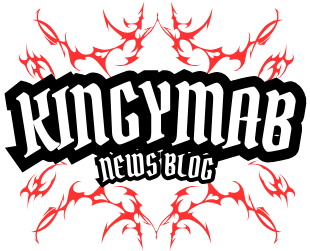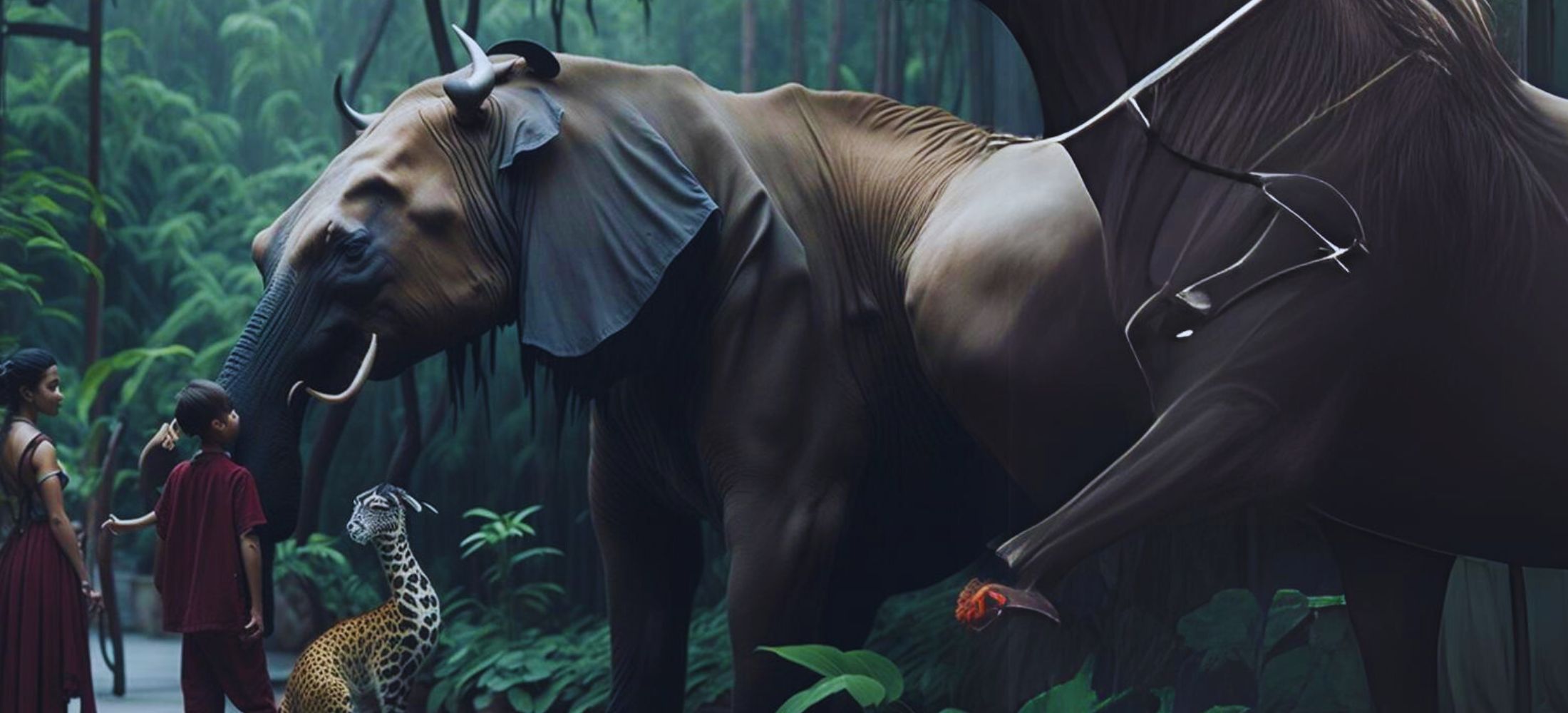Introduction to The Art of zoo
In the complicated tapestry of life, the connection amongst humans and animals has constantly been a colorful and critical thread. This bond is not pretty a whole lot of coexistence; it’s far from a rich narrative of evolution, empathy, and understanding.
As we discover the art of zoo, we delve into the historic, cultural, and ethical dimensions of our interactions with the animal U.S.A. Of America, as well as the destiny opportunities this dating holds.
The Historical Tapestry of Human-Animal Relationships
Throughout facts, human beings and animals have shared a multifaceted bond, deeply rooted in survival and companionship. From the sunrise of civilization, animals have been our allies in searching, agriculture, and protection.
The domestication of animals marked a huge turning factor, permitting people to settle and domesticate land. The paintings of the zoo are a testament to how those bonds have advanced over the years.
In historic Egypt, cats had been respected and worshiped, embodying the goddess Bastet. Similarly, dogs have been a guy’s best friend due to the reality of prehistoric times, their loyalty immortalized in ancient cave art work.
These historic connections underscore a mutual dependence that transcends mere survival, shaping cultural identities and societal structures. The paintings of the zoo suggest this enduring dating.
The Role of Domestication
The domestication of animals has turned out to be a pivotal development in human facts. It allowed for the recognition quo of agricultural societies and the improvement of complex economies. Animals collectively with cattle, sheep, and horses have become vital to human lifestyles, imparting meals, garb, and transportation. This partnership has ended up vital in shaping human societies and advancing civilizations, illustrating the art of zoo in motion.
The Language Beyond Words: Understanding Animal Communication
Animals communicate in processes that pass past human language, using sounds, gestures, and behaviors to preserve complicated messages. Birds sing tough songs to draw buddies and guard territory, at the same time as dolphins use clicks and whistles to coordinate searching strategies and keep social bonds. The art of zoo encompasses the wealthy sort of animal communique.
The Intricacies of Animal Behavior
Understanding animal verbal exchange calls for us to have a look at and interpret their behaviors. Elephants, as an example, use low-frequency rumbles that would adventure miles to talk with remote herd individuals. These vocalizations supply statistics about their location, health, and reproductive recognition, illustrating the depth in their social connections and the art of zoo communique.
Human Interpretation and Misinterpretation
Our functionality to interpret animal communique is restrained by using our human attitude. While we are capable of apprehending immoderate great styles and behaviors, we must be careful not to anthropomorphize animals, attributing human emotions and intentions to their moves.
Instead, we want to try to apprehend them on their terms, appreciating the richness of their verbal exchange structures and the art of zoo interpretation.
The Therapeutic Touch: Animal-Assisted Therapy
The recovery strength of animals is well-documented, with numerous research highlighting the benefits of animal-assisted remedy. Interacting with animals can lessen pressure, alleviate despair, and enhance regular well-being.
This recuperation connection is rooted within the unconditional love and companionship that animals offer, embodying the art of zoo recuperation.
The Science Behind Animal-Assisted Therapy
Research has tested that spending time with animals can lower cortisol ranges and boost the production of oxytocin, the “love hormone.” This physiological reaction promotes relaxation and emotional balance, making animals powerful companions in recovery settings and showcasing the art of zoo remedy.
Applications in Various Fields
Animal-assisted remedy is implemented in an enormous form of settings, from hospitals and nursing houses to faculties and rehabilitation facilities. Therapy animals help children with autism decorate their social capabilities, provide comfort to sufferers gift method medical treatments, and offer companionship to the aged, highlighting the art of zoo packages.
Unlocking Wisdom: Lessons We Learn from Animals
Animals have lots to teach us about life, resilience, and the natural global. Observing their behaviors and interactions can provide treasured insights into our life and the surroundings, reflecting the art of zoo expertise.
Lessons in Adaptability and Survival
Animals are masters of model, evolving over hundreds and hundreds of years to stay on in several environments. Their capability to thrive in tough conditions gives schooling in resilience and innovation, encouraging us to comply to changing conditions with grace and creativity, a vital problem of the art of zoo.
The Importance of Biodiversity
Biodiversity is essential for the fitness of our planet, providing environment offerings that assist human life. Animals play critical roles in preserving the steadiness of ecosystems, from pollinating plant life to controlling pest populations.
By studying and defending biodiversity, we will discover ways to live sustainably and harmoniously with nature, underscoring the art of zoo biodiversity.
The Ethical Stance: Animal Welfare and Rights
As our knowledge of animals grows, so does our obligation to ensure their welfare and defend their rights. Ethical problems call for that we address animals with understanding and compassion, recognizing their intrinsic price and proper lifestyles loose from suffering, aligning with the art of zoo ethics.
The Evolution of Animal Rights
The animal rights movement has advanced during the last century, advocating for the protection of animals from exploitation and abuse. Legislation which embodies the Animal Welfare Act and global agreements just like the Convention on International Trade in Endangered Species (CITES) reflect developing recognition and self-control to animal safety, a key trouble of the art of zoo rights.
Challenges and Controversies
Despite development, worrying situations continue to be in balancing human interests with animal rights. Issues consisting of manufacturing facility farming, animal trying out, and habitat destruction maintain to elevate ethical problems and spark debates about the moral responsibilities we preserve in the path of animals, highlighting the complexities of the art of zoo challenges.
Cultural Symbolism: Animals in Myths, Legends, and Religion
Animals have long been woven into the fabric of the human way of existence, symbolizing electricity, expertise, and spirituality in myths, legends, and religious traditions, a crucial part of the art of zoo symbolism.
Mythical Creatures and Legendary Beasts
Mythical creatures like dragons, griffins, and phoenixes embody human imagination and the mysteries of the herbal global. These mythical beasts frequently constitute strength, protection, and transformation, reflecting cultural values and aspirations, a testament to the art of zoo mythology.
Religious Significance of Animals
Animals keep big roles in spiritual narratives, representing divine skills and moral instructions. In Hinduism, the cow is respected as a photograph of life and sustenance, while in Christianity, the lamb represents innocence and sacrifice.
These symbolic meanings spotlight the religious connections among people and animals, showcasing the art of zoo spirituality.
Safeguarding the Bond: Legal Measures for Animal Protection
Legal frameworks play an important position in protecting animals and ensuring their welfare. These measures aim to save you from cruelty, conserve habitats, and sell ethical remedies all through numerous sectors, embodying the art of zoo protection.
National and International Legislation
Countries around the world have enacted prison suggestions to protect animal rights and welfare. The Endangered Species Act, Marine Mammal Protection Act, and worldwide treaties like the Convention on Biological Diversity exemplify efforts to defend animals from damage and maintain their habitats, aligning with the paintings of zoo law.
Enforcement and Advocacy
Effective enforcement of animal safety prison hints calls for collaboration among governments, non-governmental companies, and the public. Advocacy companies work tirelessly to raise cognizance, foyer for stronger law, and preserve violators answerable for their actions, demonstrating the art of zoo advocacy.
Future Horizons: Evolving Relationships Between Humans and Animals
As we appear to the future, the connection among human beings and animals continues to comply, driven through the use of technological enhancements and a deeper know-how in their intrinsic price, reflecting the paintings of the zoo’s future.
Technological Innovations in Animal Conservation
Technological upgrades which consist of drones, satellite television for pc tracking, and genetic studies are revolutionizing animal conservation efforts. These systems allow scientists to show flowers and fauna populations, have a look at migration patterns, and growth strategies for preserving endangered species, showcasing the paintings of zoo technology.
Emerging Ethical Considerations
The destiny of human-animal relationships moreover increases new moral questions, together with the results of genetic engineering, cloning, and artificial intelligence in the animal nation.
As we navigate those uncharted waters, we ought to balance clinical improvement with moral obligation, making sure that our movements align with the standards of compassion and recognition for all residing beings, highlighting the art of the zoo ethics.
The Impact of Environment on Animals
The environment plays an essential function in shaping the lives of animals, affecting their habitats, behaviors, and survival. However, human sports activities have precipitated huge environmental changes, posing stressful situations and threats to plant life and fauna, impacting the art of the zoo.
Habitat Destruction and Fragmentation
Deforestation, urbanization, and agriculture have introduced the destruction and fragmentation of natural habitats, displacing infinite animal species. This loss of habitat reduces biodiversity, disrupts ecosystems, and threatens the survival of many animals, difficult the art of zoo conservation.
Climate Change and Its Effects
Climate exchange is every different incredible detail impacting animals, converting their habitats and forcing them to conform to new situations.
Rising temperatures, converting precipitation patterns, and extreme weather sports activities affect food availability, migration routes, and breeding cycles, setting more stress on natural international populations and influencing the art of zoo version.
Pollution and Its Consequences
Pollution from business sports activities, agriculture, and human waste poses immoderate threats to animals. Chemicals and plastics contaminate water assets, harm marine lifestyles, and input meal chains, causing fitness problems and population declines, affecting the art of zoo ecology.
Conclusion: Embracing a Future of Compassion and Coexistence
The paintings of the art of zoo encompasses the wealthy and multifaceted relationship amongst humans and animals. As we maintain to discover and recognize this bond, we have to embrace our role as stewards of the natural international, devoted to protecting and preserving the numerous life office work that percent our planet.
By fostering empathy, promoting ethical remedy, and advocating for sustainable practices, we are capable of ensuring a destiny wherein humans and animals coexist harmoniously. Our shared journey is a testament to the beauty and complexity of lifestyles, a reminder of the interconnectedness that binds us all in the paintings of zoos.
Read more: Primewire: Streaming Movies and TV Shows





2 thoughts on “The Art of zoo: Complex World of Human-Animal Relationships”